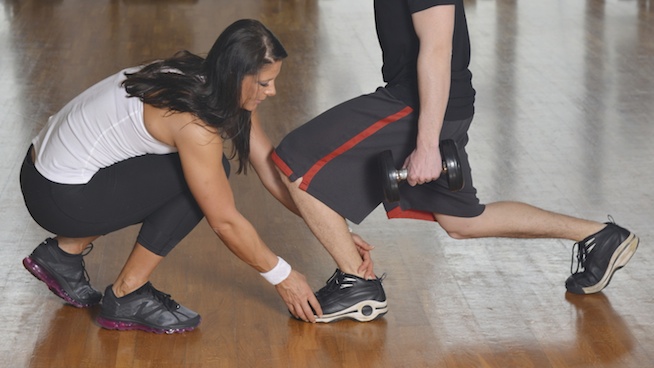7am-7pm M-F
510-462-3771
SOL’s award-winning Functional Rehabilitation program is a comprehensive and highly-effective extension of traditional physical therapy and sports performance training designed to help you move at the optimal level of your potential. In addition to the traditional elements of physical therapy such as strength and flexibility, SOL’s Functional Rehabilitation Program incorporates agility and proprioceptive/kinesthetic training, which enables athletes of all ages and physical abilities to participate at preinjury levels of activity while reducing the risk of recurrent injury.
Our Functional Rehabilitation Program is designed to progress the athlete from simple activities, such as walking or jogging, to highly complex sport-specific activities that require refined levels of proprioceptive acuity. The final phase of the Functional Rehabilitation Program is determining when the athlete is ready to resume participation in their respective sport. This is a very important and sometimes overlooked component of other functional rehabilitation programs. The decision for returning an athlete to participation should be made using objective assessments of function whenever possible.
At SOL Physical Therapy + Performance, we use two primary objective assessment paradigms- the FMS and the SFMA.
While we would all like to think of ourselves as perfect biological specimens, the truth is our bodies naturally (and due to injury and age) contain weaknesses – functional limitations and asymmetries that affect the way we move. Whether you’re an athlete in training or an active adult working to limit pain and maintain a good bill of health, these limitations can hold you back.
Functional Movement Screens strive to overcome these bio mechanic deficiencies through a closer examination of functional, whole-body movement. Using a ranking and grading system that documents movement patters key to normal functions, FMS experts will target problems that can cause injury and pain, then create a trackable regimen to address these deficiencies and improve your fitness outlook.
As anyone who’s experienced a sports-related injury will tell you, it’s important to treat a pulled hamstring or a ligament sprain – any musculoskeletal pain – immediately and with future injury prevention in mind. One of the best ways to do this is by assessing your everyday movement patterns and how these patterns may be affecting the rest of your body.
The Selective Functional Movement Assessment (SFMA) is used by physical therapists and trainers to evaluate the fundamental movement patterns of clients and athletes alike. Its series of seven full-body movement tests is designed to assess fundamental movements (e.g., bending and squatting) in people with musculoskeletal pain. The goal is to identify meaningful impairments that, while they may seem unrelated to the initial complaint, contribute to the disability. This concept, called Regional Interdependence, is the basis of the SFMA.
This holistic approach toward training and prevention serves as a model for integrating optimal posture, balance and movement into everyday living and can help any athlete recover faster and perform better.

Get yourself on the schedule. Start moving at the optimal level of your potential today!